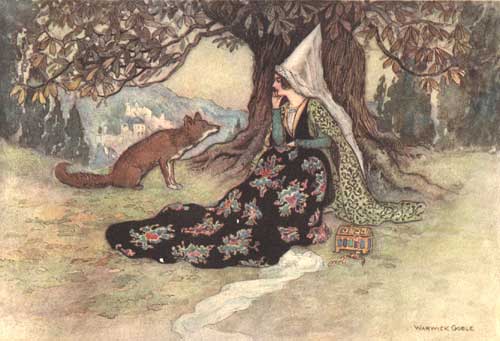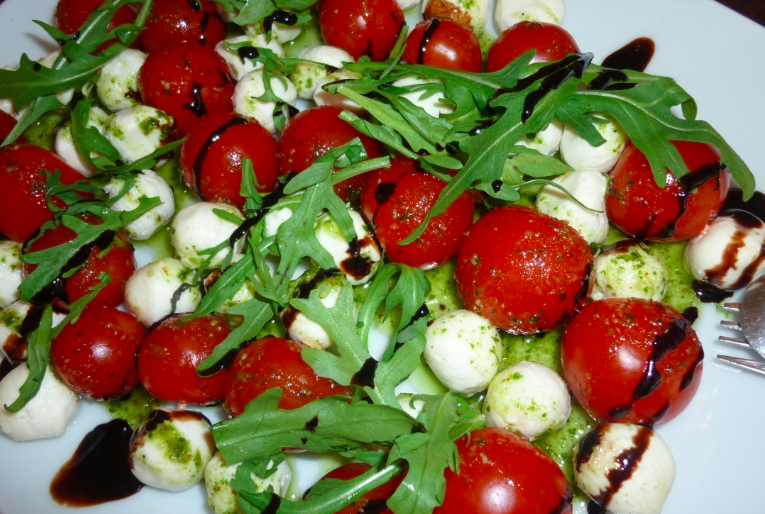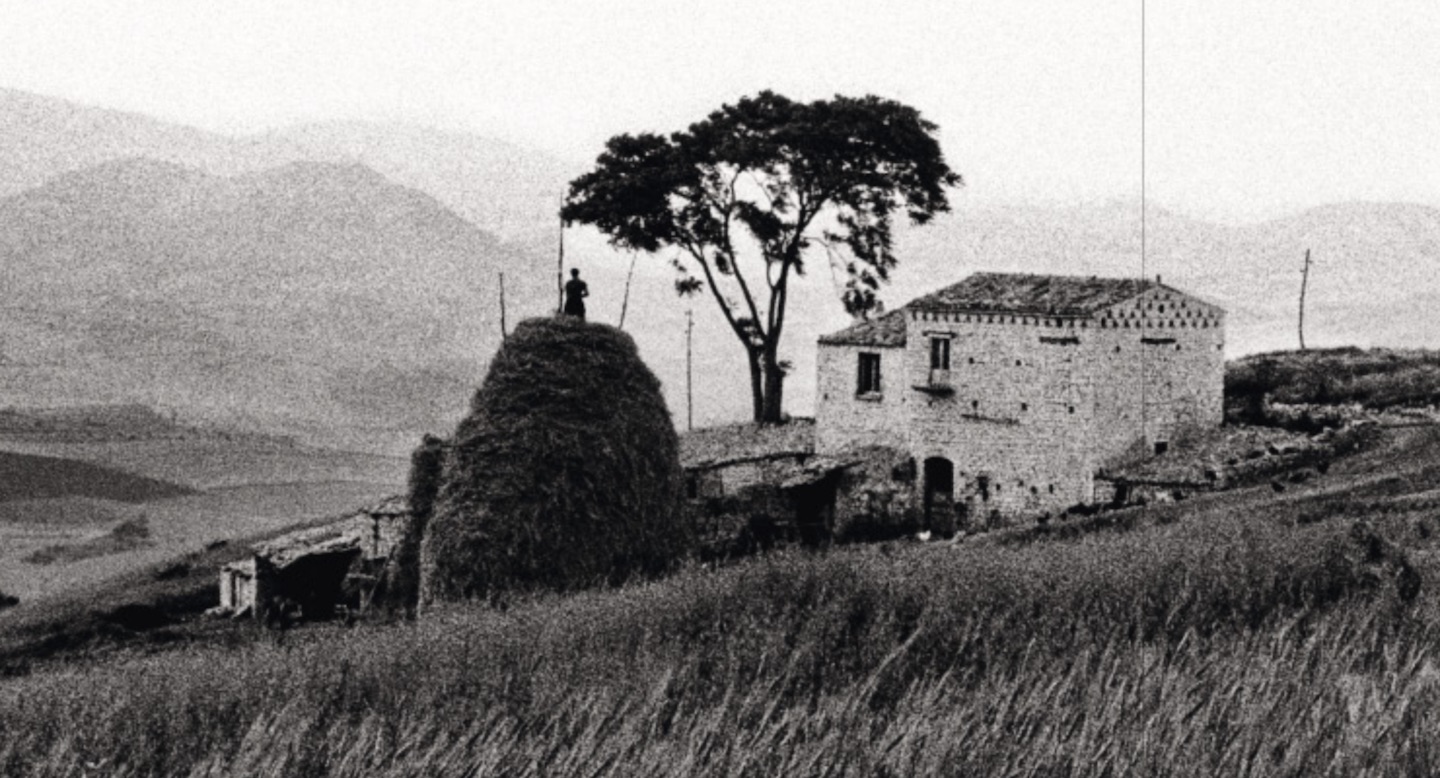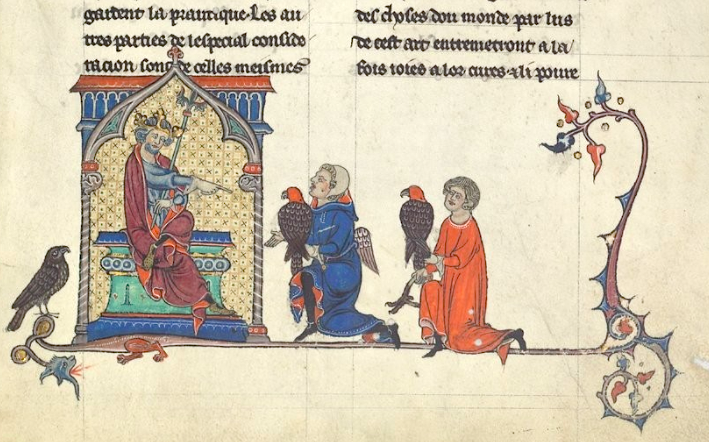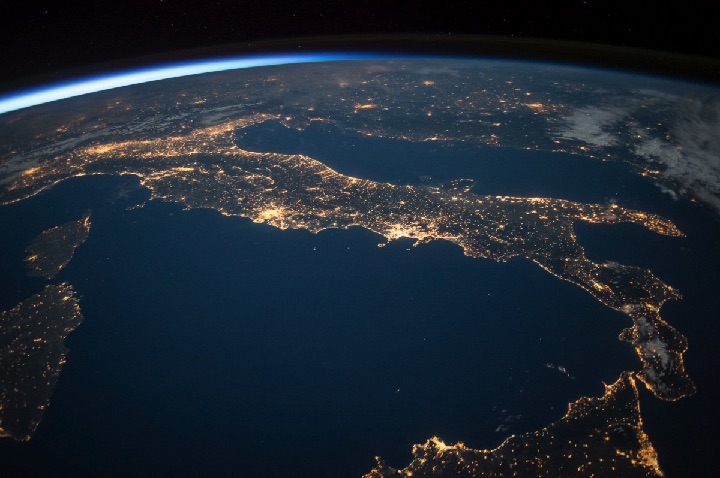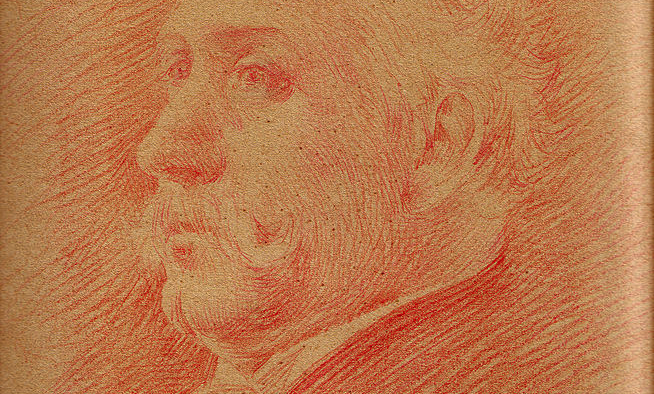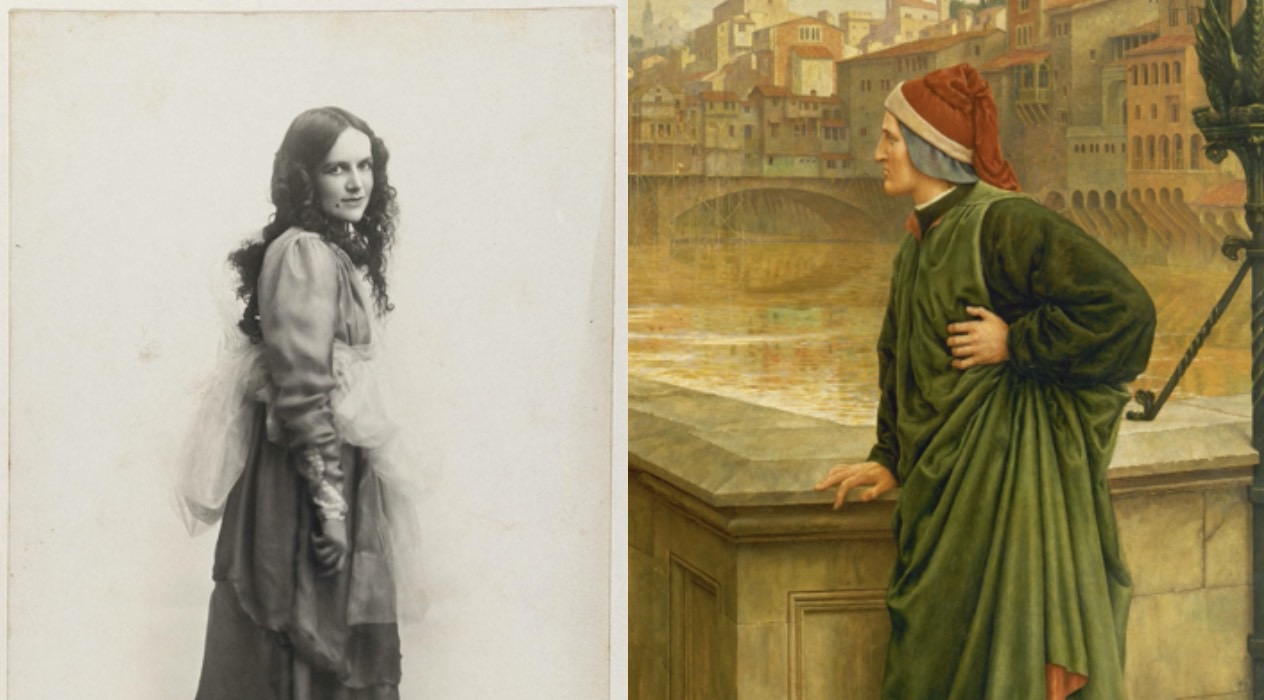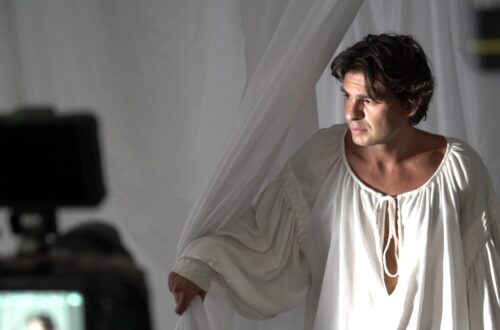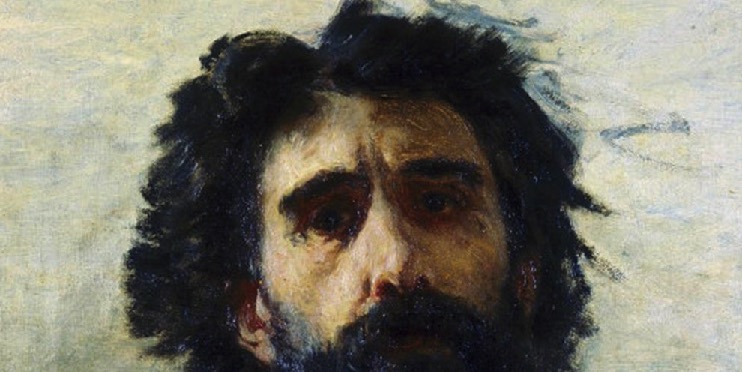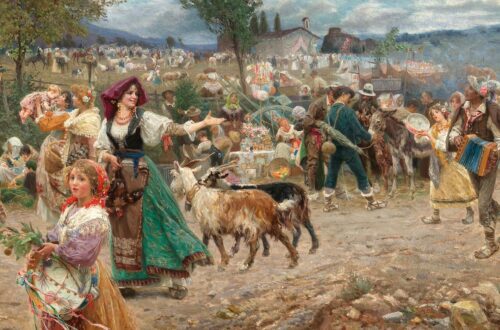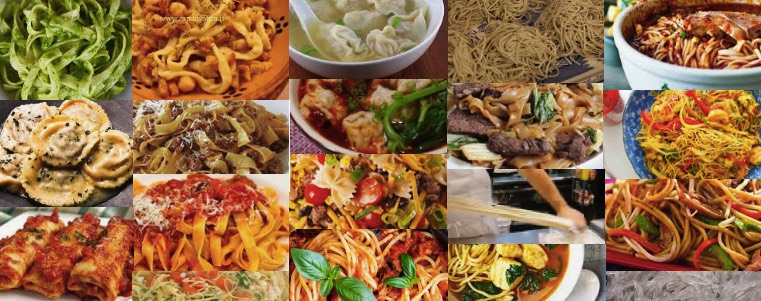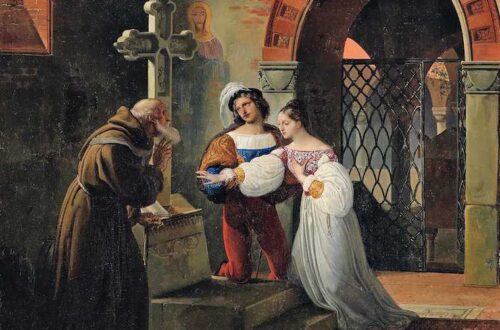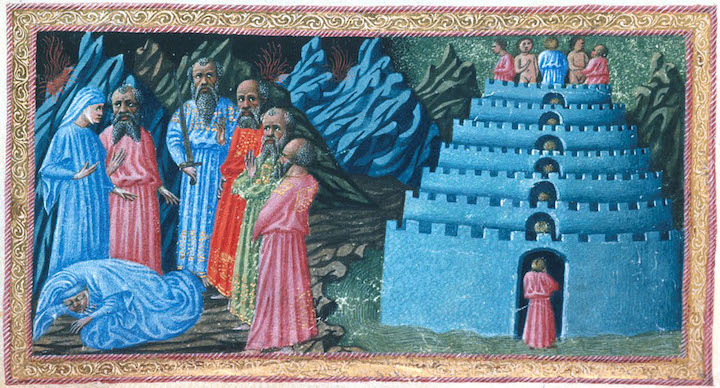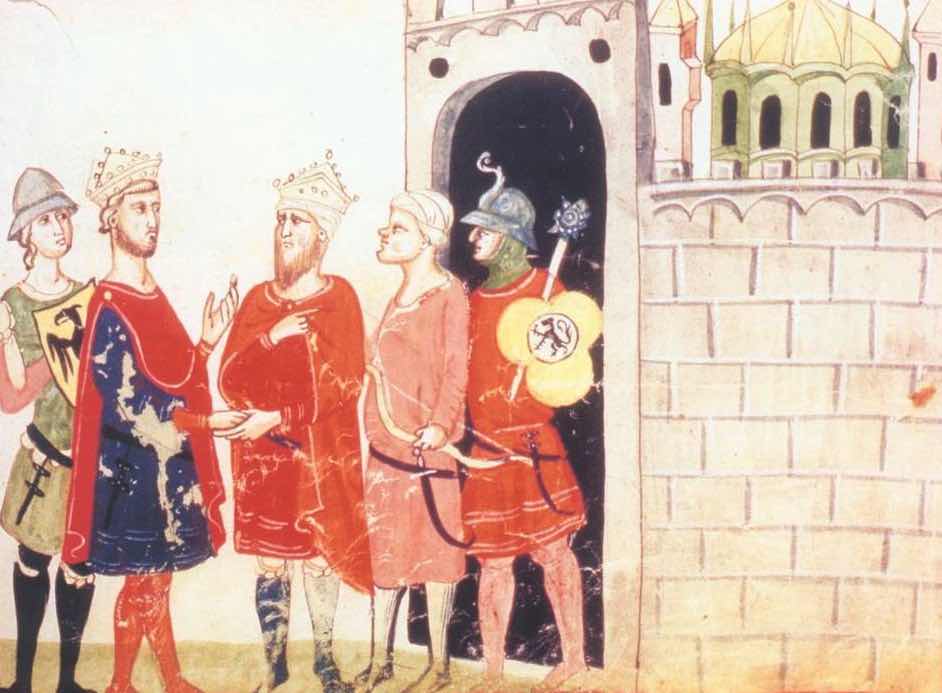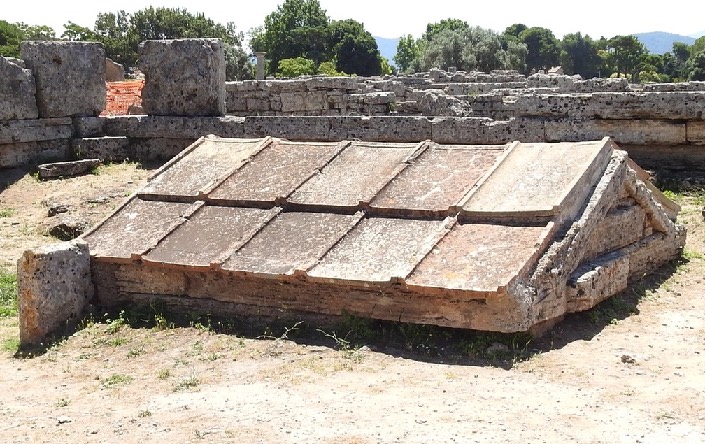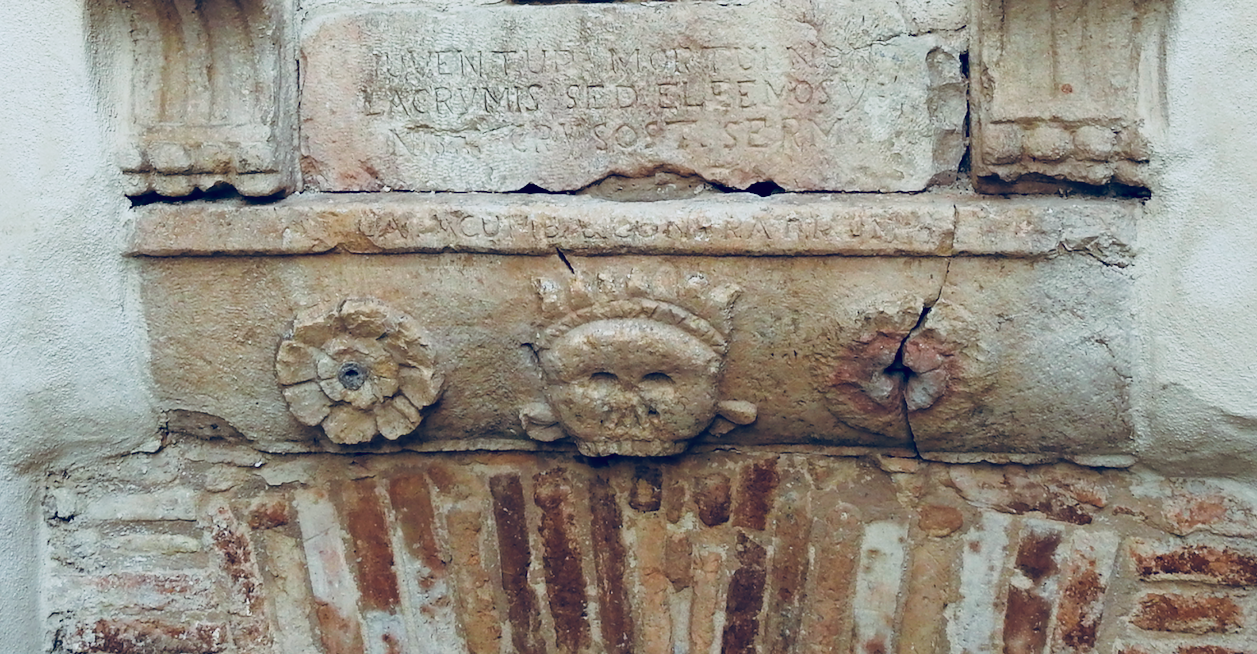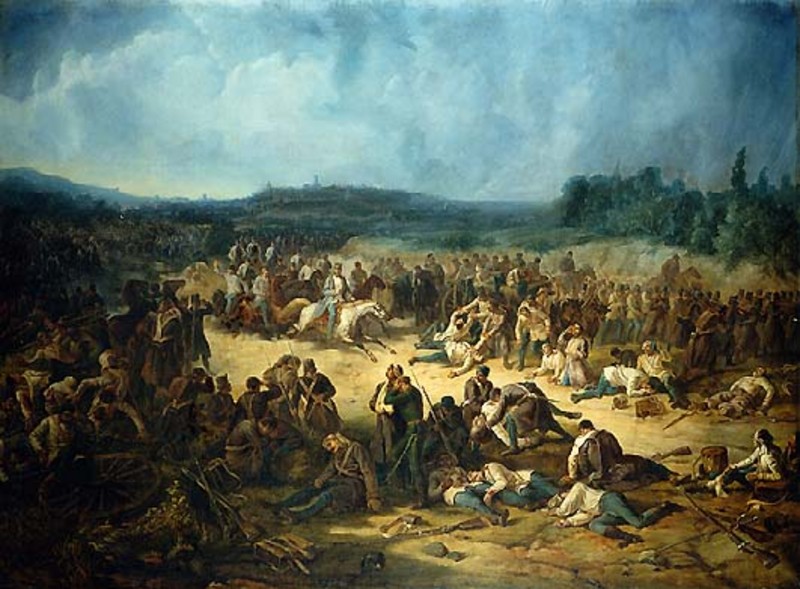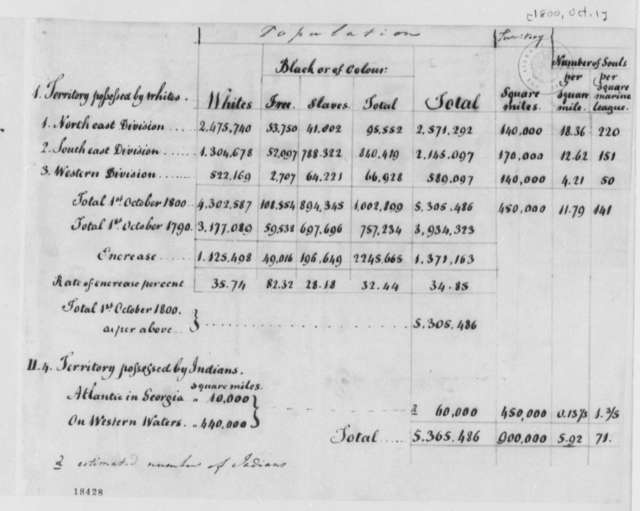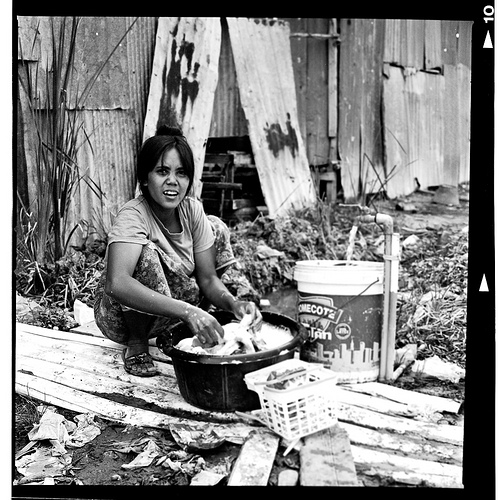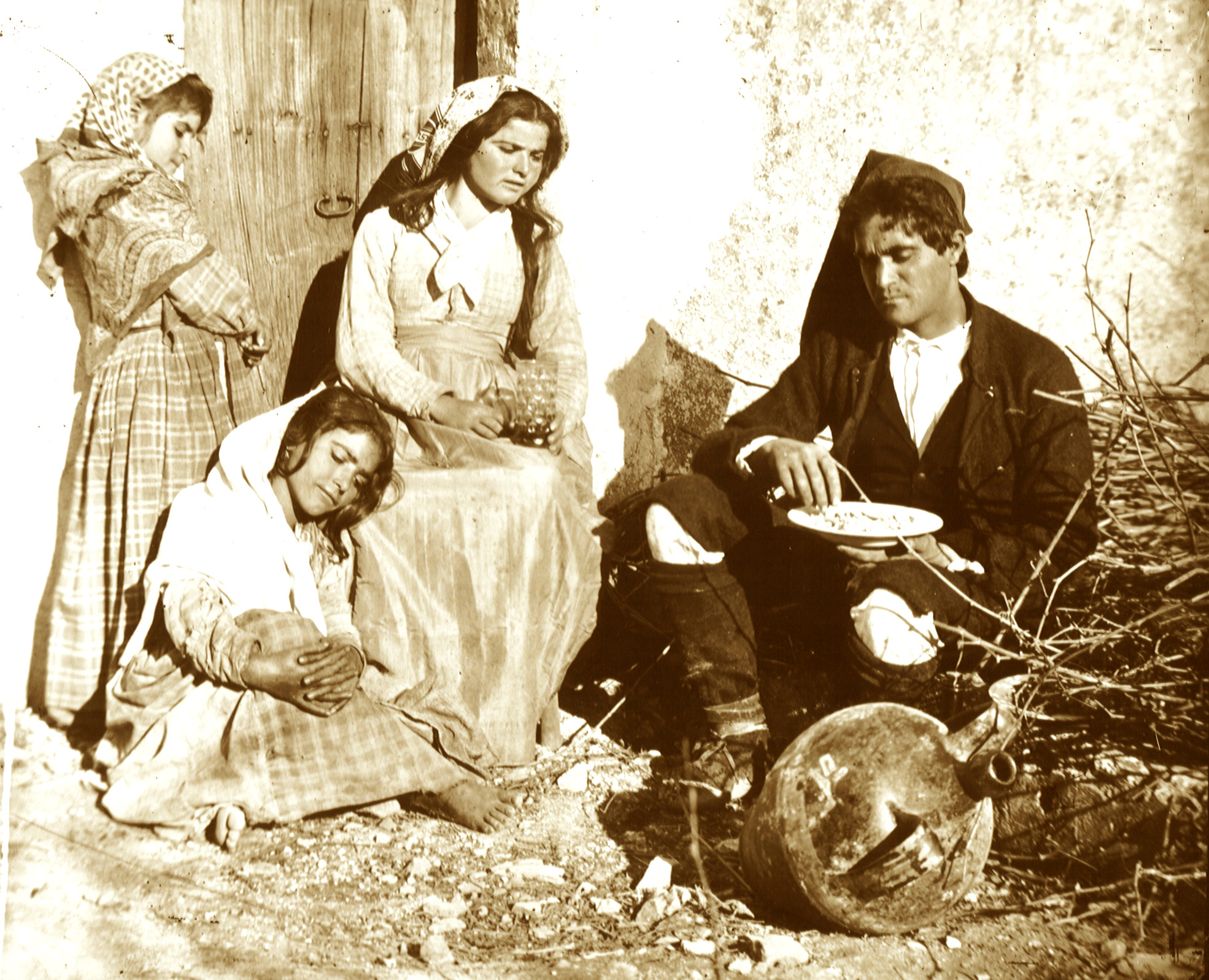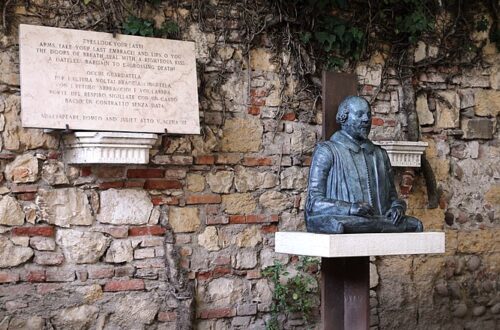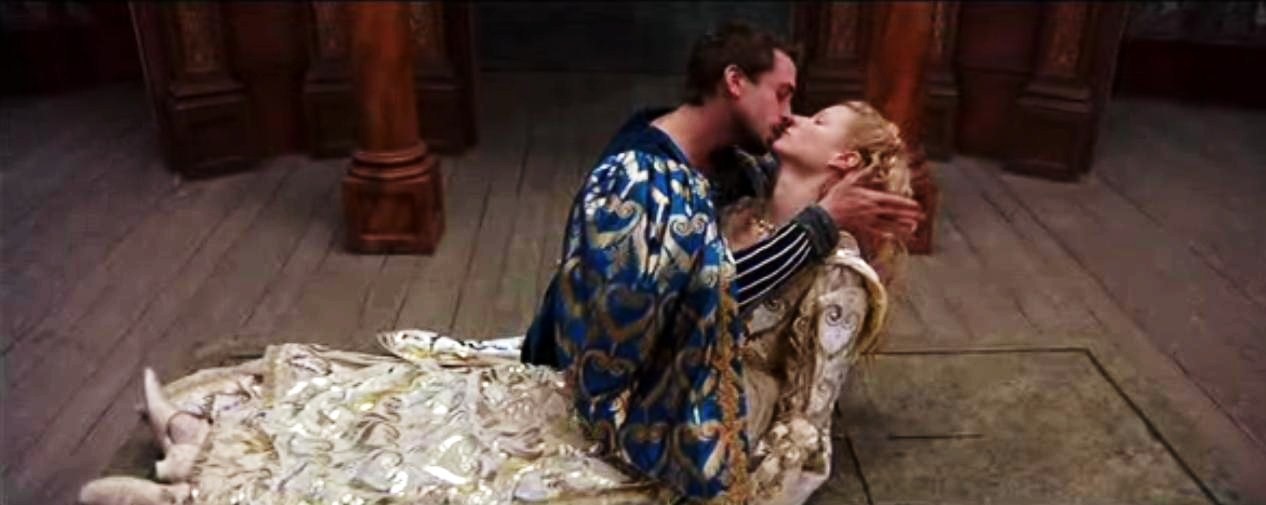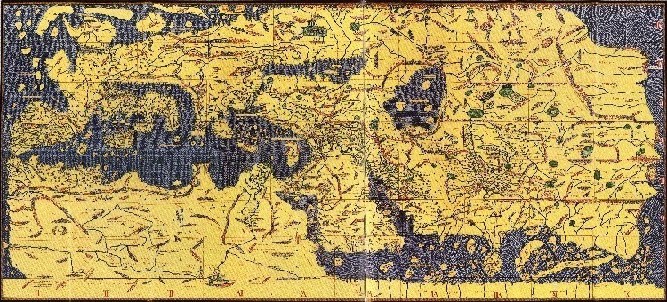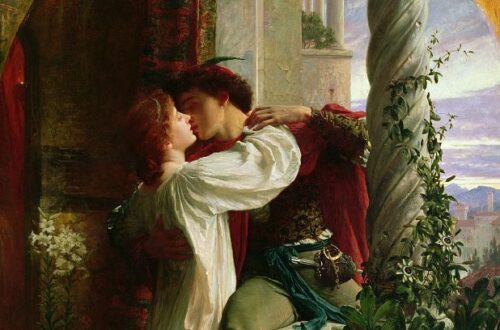Sicily
-
Italy’s Rapunzel, Cinderella and other Italian Fairy Tales
The first European collection of Fairy Tales, the Tale of Tales was written in Naples in 1630. It tells such well-known stories as Rapunzel (Petrosinella – or Little Parsley) and Cinderella (La Gatta Cenerentola). Giambattista Basile wrote the Tale of Tales (also known as the Pentamerone) in Neapolitan rather than standard Italian. It was the first book of children’s fairy stories published in Europe and arguably gave birth to the written genre that we know today, although the spoken tradition is much older. Basile’s book is a who’s who of fairy tale characters we know today. As well as Rapunzel and Cinderella (La Gatta Cenerentola) the story of Snow White,…
-
Who Am I to Speak to You of Italy?
Who am I to speak to you of Italy? Chi sono io, per parlarvi dell’Italia? Who, for more than 50 years have lived in silence, far beyond her shores. Chi sono io, per parlarvi dell’Italia? Chi, per più di cinquant’anni ha vissuto in silenzio, lontano dalle sue sponde. Yet, such words do not belong to me alone. “Italian Americans are invisible people.” Fred Gardaphé writes, “Not because people refuse to see them, but because, for the most part, they refuse to be seen.” Even here, across an ocean, truth resonates in his words. And as he knows, being forgotten has a price. A price paid with the coins of self-forgetting.…
-
Il Drago by Luigi Capuana Part 7: Ruminations of a Dragon
In this seventh instalment of Luigi Capuana’s Il Drago, in translation, we continue to follow the story of Don Paolo, Giovanna and Lisa and we learn Don Paolo’s fears. Il Drago Part 7: Ruminations of a Dragon by Luigi Capuana, translation Michael Curtotti He had put them to bed and then proceeded to bed himself, after first checking on the donkey. And (so that the children would not be exhausted) he had re-washed the pots and pans himself. But he could not sleep. In his mind he was before the judge; ruminating on what he would say to him. He spoke aloud, almost as if the judge stood before him;…
-
Which came first: pasta or noodles?
Plot spoiler. Its noodles. Lovers of Italy, doff your cap to China! … Well, at least that’s how I was going to start this article. That was before I started reading Jen Lin-Liu’s delightful book: On the Noodle Road. She’s not so sure the story is that simple. Like Marco Polo, she travels the Silk Road, but in reverse. She is on a 21st century quest to trace the journey of noodle from East to West. No one more determined could be imagined. And, her quest is personal. Travelling through cultures that straddled East and West, I figured, might reconcile what I’d felt were opposing forces in my life; maybe I’d find others…
-
Muslim Lucera and the Holy Roman Emperor
Truth is stranger than fiction, it is said and so it is for the story of Muslim Lucera. It is a story entwined with the life and times of the Holy Roman Emperor Frederick II. We cannot call Muslim Lucera the Muslim “capital” of the Holy Roman Empire, but for a time, it very nearly was. Lucera hosted one of Frederick’s many palaces and castles. One of his primary palaces was only 30 kilometres distant, in the city of Foggia, and Frederick himself has been called the “Sultan of Lucera” (although the label is a wild exaggeration). So let us explore the story. The city of Lucera still stands on…
-
Maria Famà – “I will not check the box for white on any form”
Maria Famà’s poem “I Am Not White” lives in the folded places between two worlds. Through her Italian-American eyes we see her lived experience of America’s hyper-racialised culture. The central dynamic of the poem is a box on a form. A box which, in truth, demands a lie. For her stories do not belong. The convenience which in America goes with the claim is too uncomfortable. The price is too high for Maria Famà. “I will not check the box for white on any form.” Her reflections go further for her words reminds us that the Mediterranean, where Sicily (and Italy) is found, is not only a European sea. Its…
-
The Resurrection of Don Paolo: Il Drago Part 5
In this fifth instalment of Il Drago, Don Paolo comes back to life. After the unexpected battle between the Old Dragon and the Witch, the children’s old lives with her have been swept away. Don Paolo’s long dead daughters, Lisa and Giovanna, have risen from the grave. And the Old Dragon has much to do. The previous instalments of Il Drago are accessible at the end of this article. The Resurrection of Don Paolo Within two days the house was unrecognizable. In one room, two made up beds could be seen, one next to the other. The Old Dragon had put them together, assisted by the two girls, who had entertained…
-
Sicily’s Medieval Map of the World
It must have been magnificent to see: a vast world map made of pure silver. For three centuries no better map was made. The glittering silver original graced the Palermo court of Roger II, the Italo-Norman King of Sicily and Southern Italy. It was made for him by his scholar geographer friend Muhammad Al Idrisi. The map represented one of the most ambitious scientific undertakings of its day taking more than 15 years to complete. It was imagined by a king famed for his learning at the height of his kingdom’s powers. It took almost 150 kilograms of silver to make and showed the world in 7 climates. To make…
-
Italy’s Day of the Dead
Signora Maria of Castellaneta observes: “… the dead are our brothers, our children, our husbands, our parents… they cannot be monsters”. Her comment captures the essential spirit of Italy’s Day of the Dead in comparison with Halloween. The festival involves children, food, and visiting (and visits from) departed loved ones. Although beyond the scope of this article such “days of the dead” are found around the world, and many involve remembering family members no longer with us. In Australia, the North American tradition of trick or treating children dressed up as ghosts, ghouls and witches is being taken up with enthusiasm. Although Italy has its own “Day of the Dead”, the…
